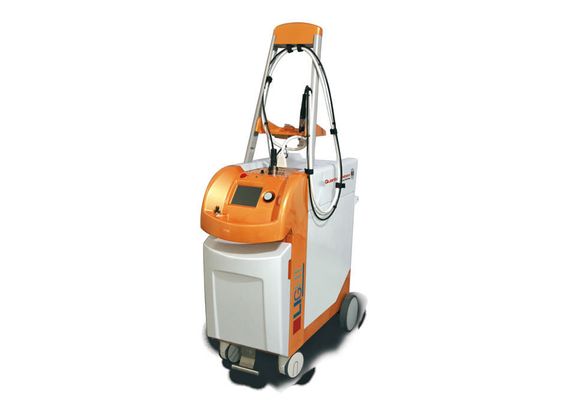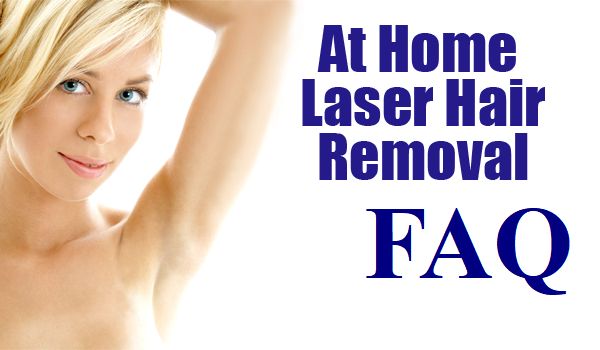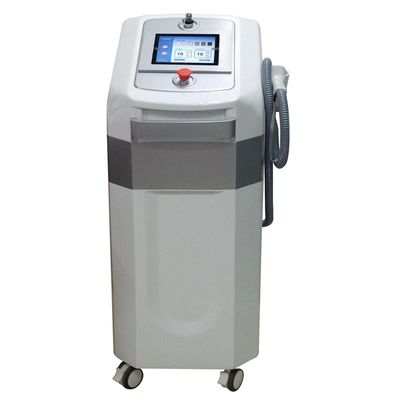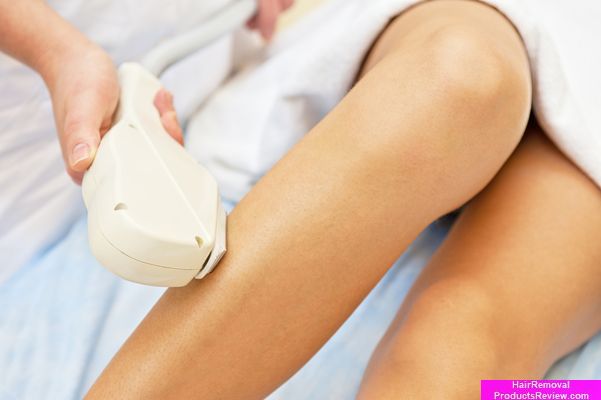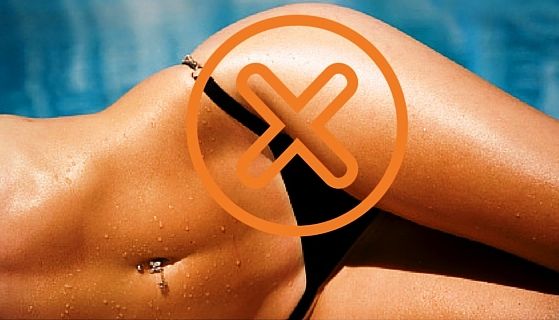All About the Ruby Laser Hair Removal Machine – Find & Learn facts, advantage & disadvantages, what skin tones & hair colors that are best used with this Ruby Laser Hair Removal Machine
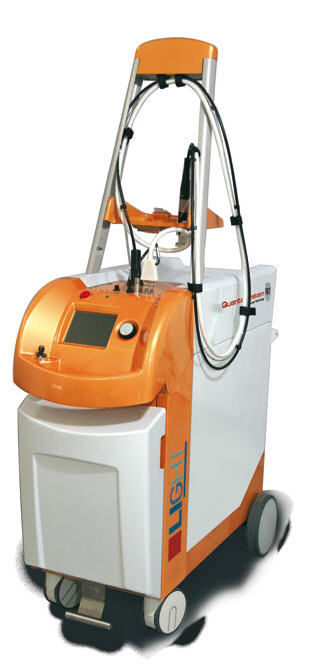
Ruby laser
The Ruby laser hair removal machine (also known as Epilaser) was the first cosmetic laser system used for hair removal. Melanin in the skin absorbs the Ruby laser very effectively, and this laser – in comparison to other lasers – is a good choice for lighter or finer hair.
It has the lowest wavelength, at 694.3nm, and emits a deep red light that is well absorbed by patients with light skin and fine, light colored hair, but is not suitable for patients with tanned or darker skin. Best used on patients with skin type I-II (on the fitzpatrick scale).
The Ruby laser is distinguished by a sapphire hand piece that acts an inbuilt cooling system to conduct heat away from the skin before, during and after each pulse of laser. The Ruby laser has been used and tested widely. It causes direct, selective damage to follicles while preserving the integrity of skin.
The Ruby laser is designed to provide more comfort for the patient; There is a 2 second delay between each laser pulse in order to take the heat from the skin, thus reducing the risks of burns. This also reduces the pain – the quicker the laser pulse, the more discomfort is felt.
The Ruby laser, when operated correctly, is safe, effective, and relatively pain-free.
Ruby Laser hair Removal Machines – Popular Brands
Some of the more popular types of Ruby laser hair removal machines include: Palomar E2000, RubyStar, and EpiPulse Ruby.
- Wavelength: 694.3 nm
- Repetition rate: 0.5 – 1.2 Hz
- Spot size: 3-10 mm
- Pulse width: 0.85-3 ms
- Fluence: 5-40
Which Skin Type?
More suitable for people with light skin and dark hair – (Skin types I and II on the Fitzpatrick scale).
Advantages:
- Less painful than other laser hair removal systems
- Built-in cooling system to reduce skin irritation
- Appropriate for individuals with lighter skin tones – fitzpatrick scale I-II
- Long term hair removal can be achieved
- If there is any regrowth, it is most likely sparser and finer than before.
Disadvantages:
- Ruby lasers treat comparatively small areas compared to other lasers
- It is not suitable for people with darker complexions (skin tones III-VI)
- The slow laser pulse repetition rate means a longer treatment time is necessary
- There is a small risk of burns, scars, swelling and skin discoloration
- The technology is somewhat outdated as newer laser devices have since emerged on the market.


